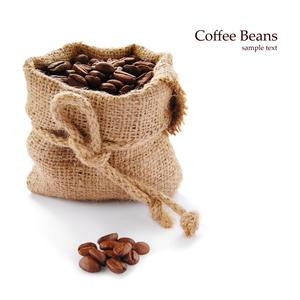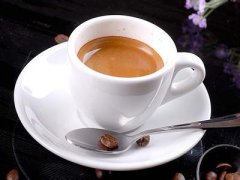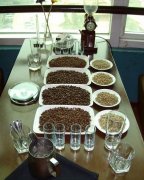How to evaluate the art of coffee cup testing like a certified appraiser

The Art of Coffee:
1. The recommended cup is a 5-to 6-ounce coffee cup. The glass should be kept clean and have no obvious smell.
2. Baked color should be light or medium light, preferably measured with a colorimeter. Samples should be baked within 24 hours prior to cupping and then allowed to sit in sealed containers for at least 8 hours.
3. Grind coffee beans immediately prior to cup testing and no more than 15 minutes after injection. Granules should be slightly coarse, with 70% to 75% passing through a standard U.S. No. 20 sieve. Before filling, the cup tester should evaluate the aroma of the dry powder by smelling it.
4. The brewing ratio is generally 8.25 grams of coffee with 150 ml of water, and the error is controlled within a quarter of a gram.
5. Brewing water must be clean, odorless and not distilled or soft water (ideal level of total dissolved solids is 125 to 175PPM). The water temperature should be 200 degrees Fahrenheit and the brewing time should be 3 to 5 minutes without stirring.
6. After the press residue is soaked, the floating coffee powder will form a layer of "skin" on the surface. Press the powder into the bottom of the glass with a special evaluation spoon and gently stir. Smell the moist aroma as the steam rises. The final aromaticity score of coffee is a combination of dry and wet aromaticity scores.
7. Tasting Cool coffee to 160 degrees Fahrenheit, remove the coffee grounds floating on the surface, sip loudly into the mouth, so that the coffee liquid fully covers the entire mouth, evaluate its taste and aftertaste. At about 150 degrees Fahrenheit, coffee is rated for acidity, body, and balance (i.e., a combination of taste, aftertaste, acidity, and body). As coffee cools to room temperature, begin rating sweetness and uniformity, as well as clarity--meaning whether coffee has a negative impression from the moment it enters the mouth to the moment it is spat out. All the scores add up to give an overall score.
Important Notice :
前街咖啡 FrontStreet Coffee has moved to new addredd:
FrontStreet Coffee Address: 315,Donghua East Road,GuangZhou
Tel:020 38364473
- Prev

Al's Rule's Rule Sweet Point Formula of Espresso extraction
Al Critzer's understanding of Espresso extraction has become the most common concept of Espresso in Europe and the United States. The translation is as follows: starting with the result that 30cc/ 30sec gets a perfect Espresso. These two values of course depend on beans, and the differences in baking method, baking degree and formula ratio will naturally lead to changes in the reference point. The extraction quantity and extraction time are mutually related.
- Next

The significance of cupping coffee cup test in the basic knowledge of high-quality coffee
The significance of cup test is to evaluate and compare several different kinds of coffee at the same level. Because the differences between coffees are very subtle, observe the characteristics of these coffees (flavor, mellow, freshness.) It is easily affected by different coffee extraction methods (utensils). Because of the elimination of these variables, carefully prepared cup tests can taste the most basic inherent characteristics of coffee.
Related
- Detailed explanation of Jadeite planting Land in Panamanian Jadeite Manor introduction to the grading system of Jadeite competitive bidding, Red bid, Green bid and Rose Summer
- Story of Coffee planting in Brenka region of Costa Rica Stonehenge Manor anaerobic heavy honey treatment of flavor mouth
- What's on the barrel of Blue Mountain Coffee beans?
- Can American coffee also pull flowers? How to use hot American style to pull out a good-looking pattern?
- Can you make a cold extract with coffee beans? What is the right proportion for cold-extracted coffee formula?
- Indonesian PWN Gold Mandrine Coffee Origin Features Flavor How to Chong? Mandolin coffee is American.
- A brief introduction to the flavor characteristics of Brazilian yellow bourbon coffee beans
- What is the effect of different water quality on the flavor of cold-extracted coffee? What kind of water is best for brewing coffee?
- Why do you think of Rose Summer whenever you mention Panamanian coffee?
- Introduction to the characteristics of authentic blue mountain coffee bean producing areas? What is the CIB Coffee Authority in Jamaica?

